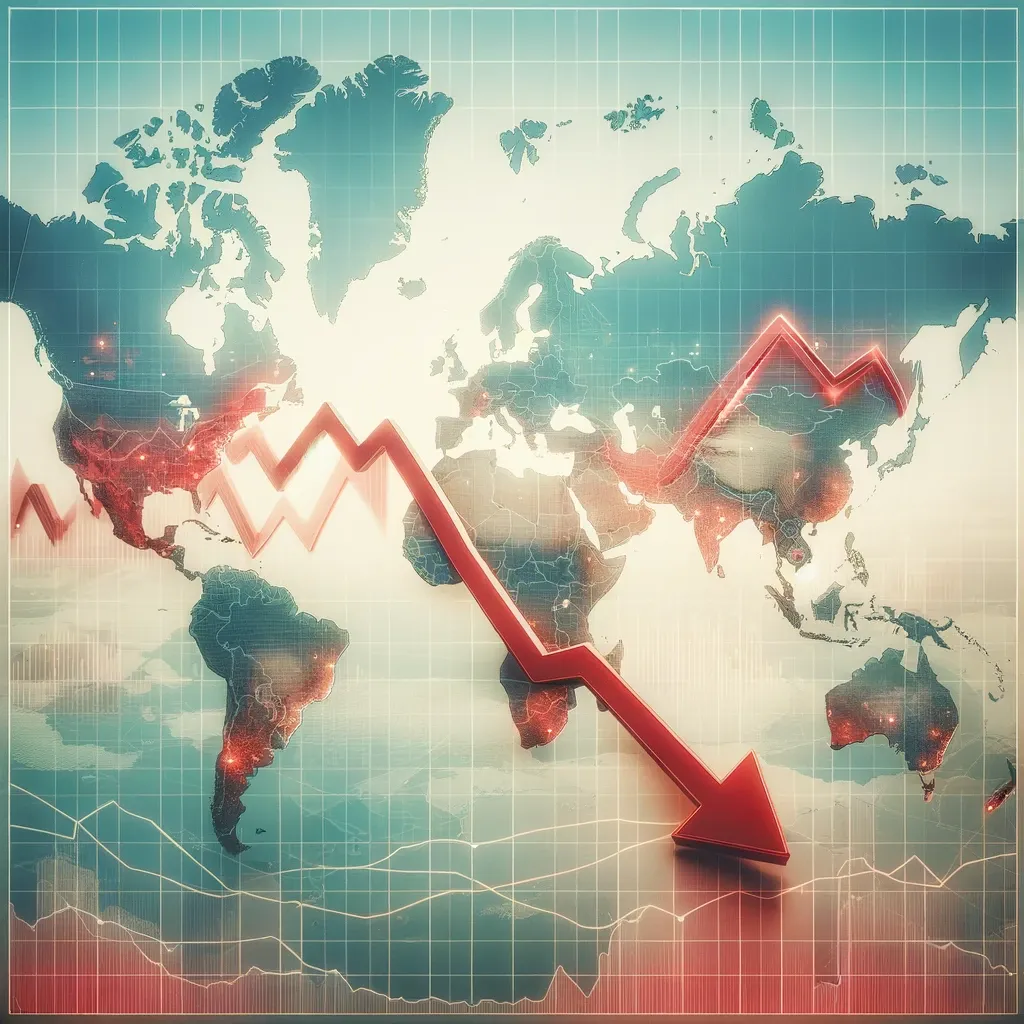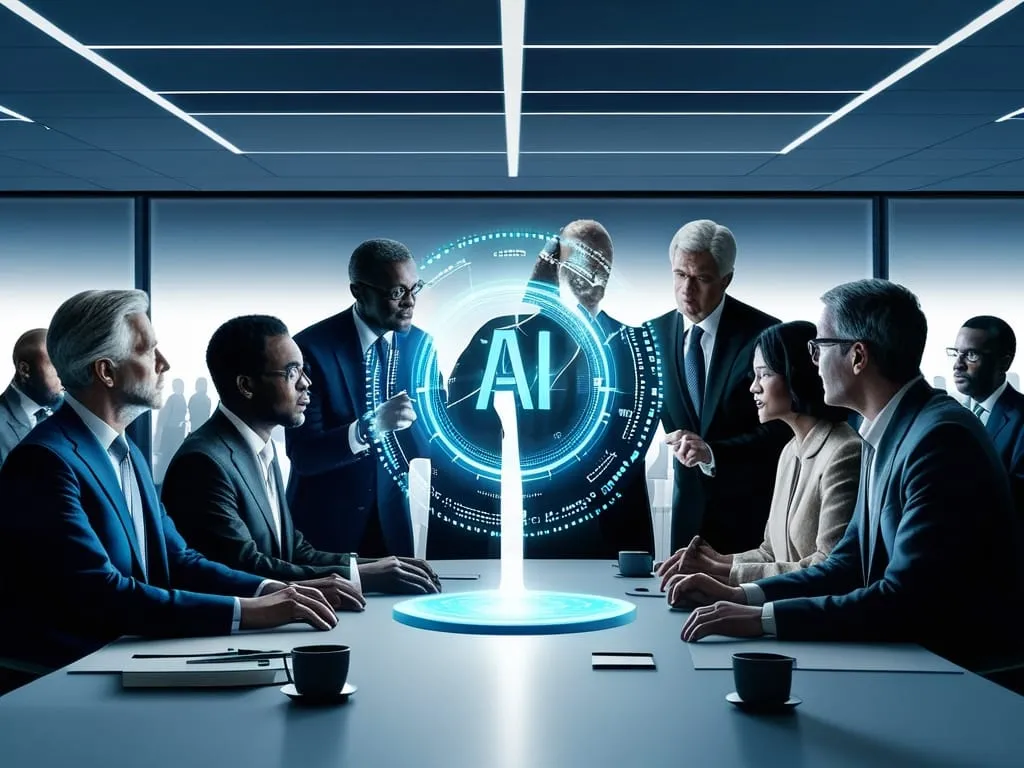In the realm of corporate finance, the traditional focus on profit margins and quarterly reports is undergoing a significant transformation. As a forward-thinking CFO, I am at the forefront of reimagining financial models through the lens of sustainability and long-term viability. This journey involves adopting the principles of a circular economy, a concept that is revolutionizing how companies create value and allocate resources.
The Shift from Linear to Circular
The linear 'take-make-dispose' model, which has dominated corporate finance for decades, is inherently wasteful and unsustainable. It extracts resources, manufactures products, and then discards them, often without any consideration for the environmental impact. In contrast, a circular economy is designed to eliminate waste and pollution, circulate products and materials at their highest value, and regenerate nature.
Imagine a world where every product is designed to be recycled, reused, or biodegradable. This is not just a utopian dream but a practical reality that many companies are already embracing. For instance, companies like Apeel are innovating by creating edible, plant-based coatings for fresh produce, reducing the need for single-use plastic packaging and minimizing food waste.
Innovative Funding Mechanisms
One of the key challenges in transitioning to a circular economy is securing the necessary funding. Traditional financing models often prioritize short-term gains over long-term sustainability. However, new funding mechanisms are emerging that support circular business models. Impact investing, for example, allows investors to align their financial goals with their values, supporting companies that prioritize environmental sustainability and social responsibility.
At our company, we have introduced a circular financing program that provides preferential rates for projects focused on recyclable products and sustainable supply chains. This not only helps us attract investors who share our vision but also ensures that our financial strategies are aligned with our ecological responsibilities.
Redesigning Accounting Practices
Accounting practices are another critical area where the circular economy is making a significant impact. Traditional accounting methods often overlook the environmental costs associated with a company's operations. However, as companies begin to adopt circular economy principles, they are also rethinking how they account for these costs.
We have implemented an integrated reporting system that includes environmental and social metrics alongside financial performance. This holistic approach helps us understand the true cost of our operations and make informed decisions that balance financial goals with ecological responsibility. For example, when evaluating the cost of a new product, we consider not just the raw materials and production costs but also the environmental impact of the product's entire lifecycle.
The Role of Technology
Technology is a powerful enabler of the circular economy. Emerging technologies such as blockchain, IoT, and AI are helping companies track and manage resources more efficiently. For instance, blockchain can be used to create transparent and traceable supply chains, ensuring that materials are sourced responsibly and products are recycled properly.
In our industry, we are using IoT sensors to monitor the condition of our products in real-time, allowing us to extend their lifespan through predictive maintenance and repair. This not only reduces waste but also provides a better customer experience by ensuring that products remain functional for longer.
Challenges and Opportunities
Transitioning to a circular economy is not without its challenges. One of the biggest hurdles is changing the mindset of stakeholders, from consumers to investors. There is a need for education and awareness about the benefits of circular business models and the importance of sustainability.
However, these challenges also present significant opportunities. Companies that adopt circular economy principles early are likely to gain a competitive advantage. By designing products for longevity and recyclability, we can reduce material costs, enhance brand reputation, and open up new revenue streams through product-as-a-service models.
For example, a truck company that shifts to a leasing model can gain control over vehicles throughout their lifecycle, reducing waste and increasing the efficiency of resource use. This model also provides a steady stream of revenue and helps build stronger customer relationships.
Small and Medium Businesses: Drivers of Change
Small and medium businesses (SMBs) are often at the forefront of innovation and can play a crucial role in driving the transition to a circular economy. However, they often face unique challenges, such as limited resources and lack of access to advanced technologies.
To support SMBs, we have established partnerships with local governments and larger businesses to provide education, tools, and funding mechanisms. This collaborative approach ensures that SMBs have the necessary support to adopt circular business models and contribute to a more sustainable future.
The Impact on Leadership and Strategy
Adopting a circular economy mindset requires a fundamental shift in leadership and strategy. Executives must rethink how they run their businesses, decoupling growth from resource consumption and focusing on long-term value creation.
At our company, we have set bold ambitions linked to circular strategies, including efficient use of resources, supply chain resilience, and environmental sustainability. We analyze how profit pools are likely to evolve in our industry and identify strategic opportunities to reimagine products, services, and value chains for a circular future.
This involves imagining our industry 15 to 20 years from now and developing new strategies and business models that align with this vision. It's about viewing circularity as both a long-term value creation strategy and a short-term business goal.
Personal Touches and Real-World Examples
Personally, I have seen the impact of circular economy principles firsthand. When we introduced a product take-back program, we were surprised by the positive response from our customers. Not only did it reduce waste, but it also built trust and loyalty with our customer base.
Another example is our partnership with local communities to develop circular ecosystems. By working together, we have created local recycling programs and encouraged the reuse of materials, which has not only reduced waste but also generated new economic opportunities.
Conclusion
The circular economy is not just a trend; it is a necessary transformation for the future of corporate finance. By adopting circular economy principles, companies can create value in a way that is sustainable, efficient, and responsible. It's a journey that requires innovation, collaboration, and a willingness to challenge traditional models.
As a CFO, I am excited about the opportunities this presents and the impact it can have on our business, our customers, and the environment. It's time to rethink corporate finance and embrace a more holistic approach to value creation and resource allocation. The future of business depends on it.





